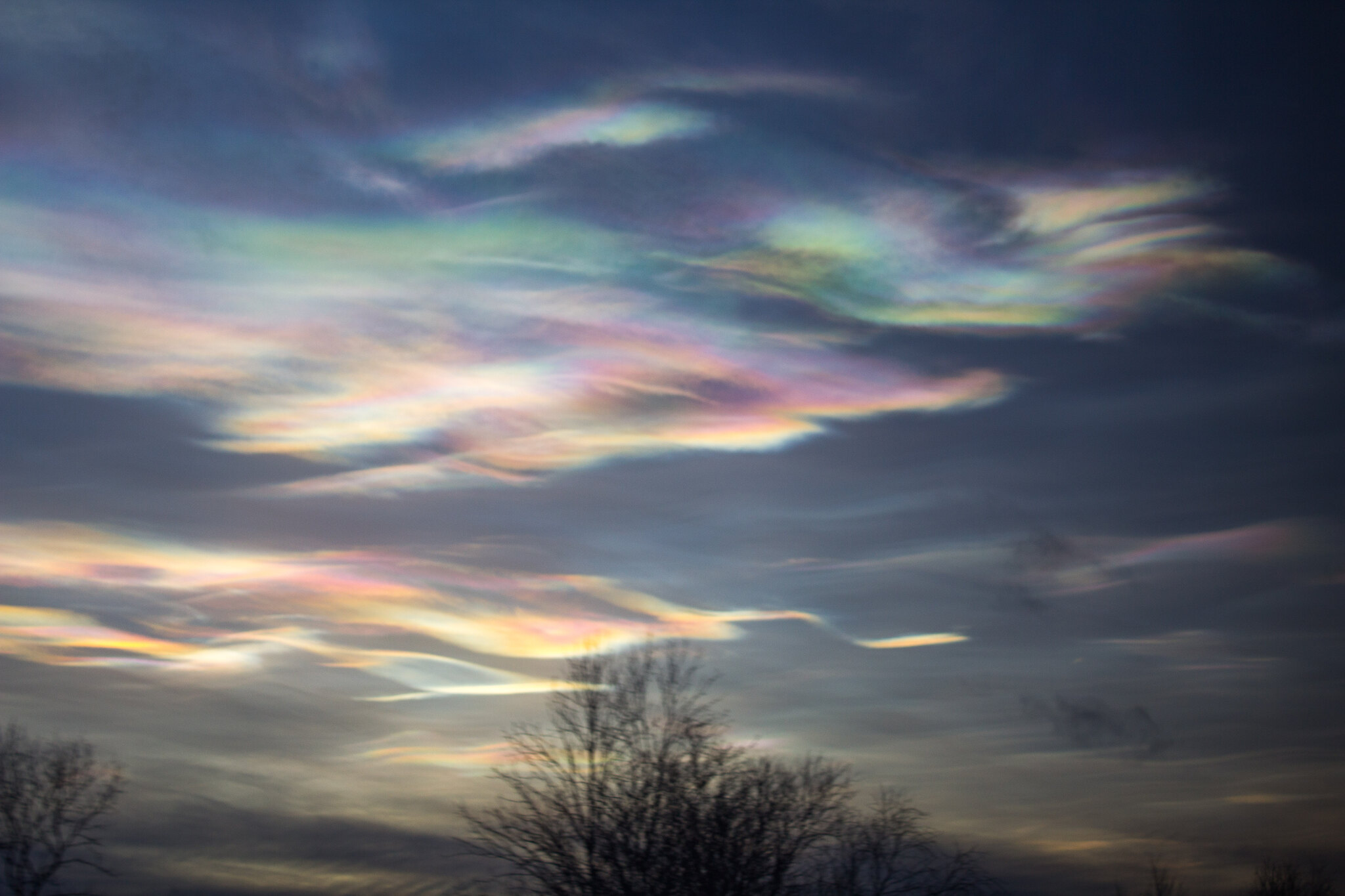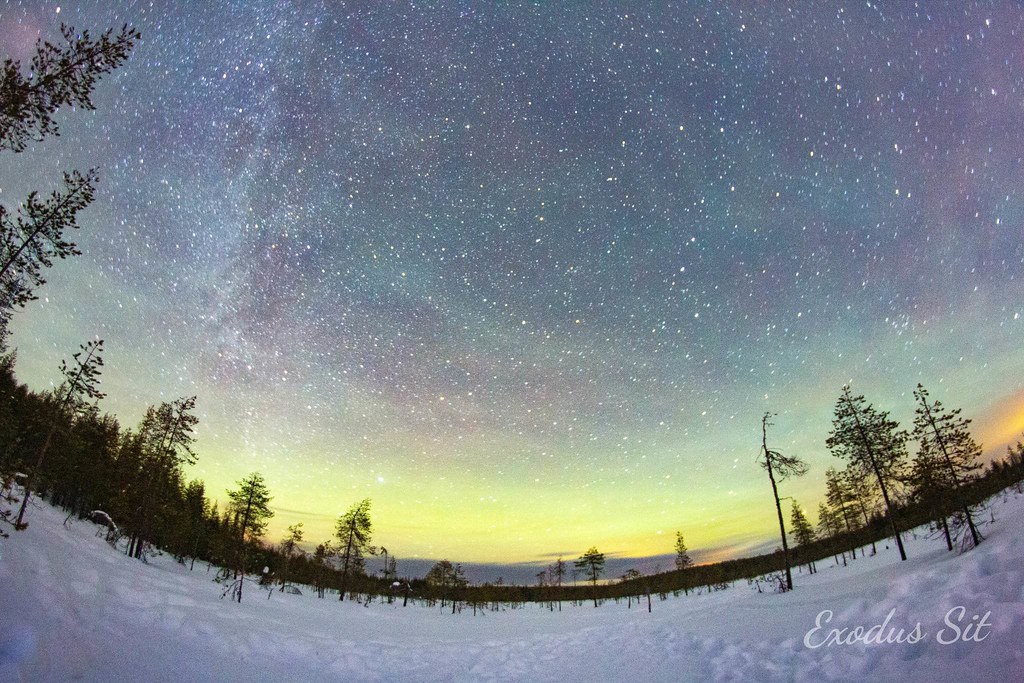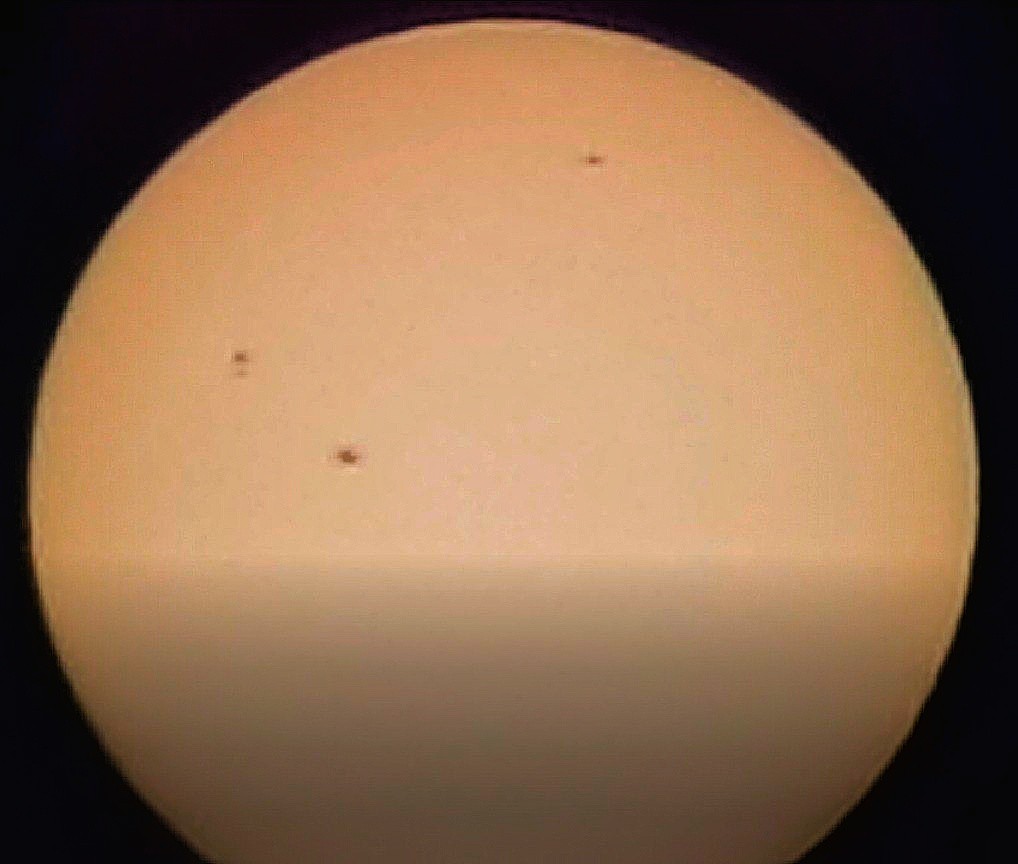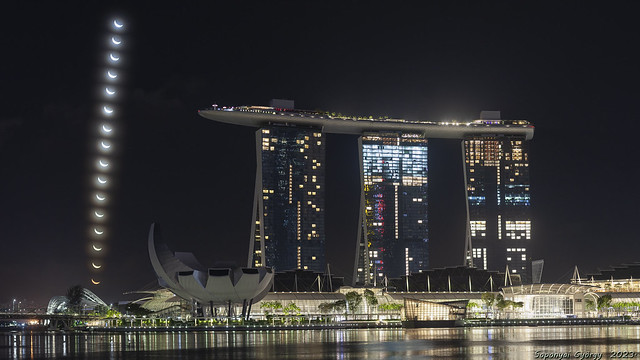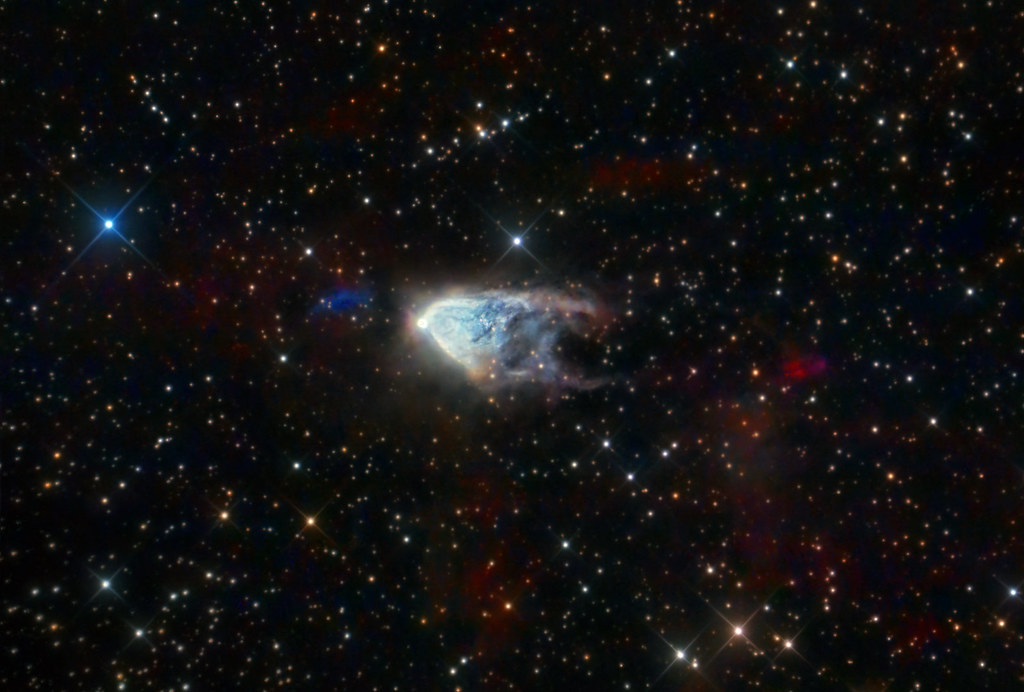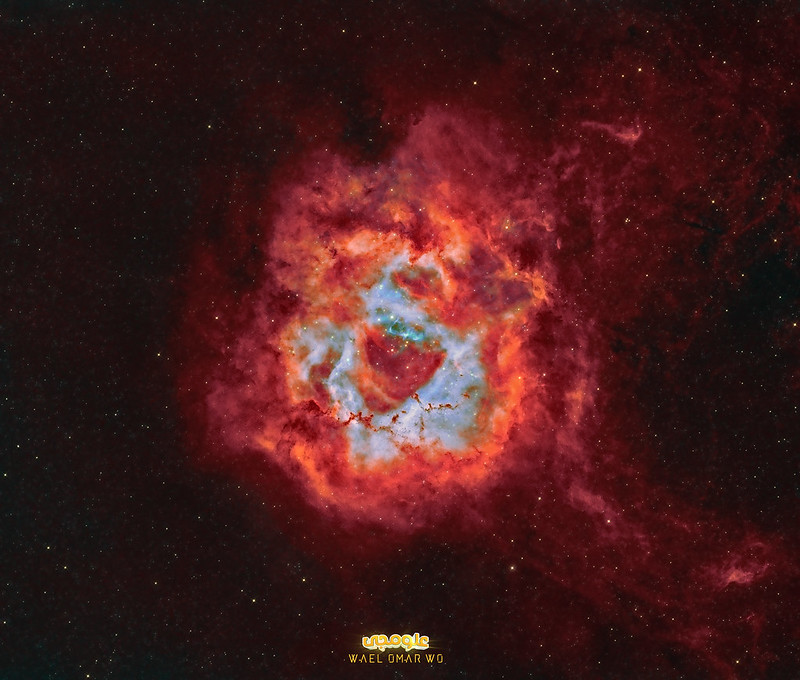After spending 33 hours on the Christmas Tree with a small refractor, then 81 hours on it again with a monochrome camera and larger refractor (both can be viewed here: https://www.galactic-hunter.com/post/ngc2264), I decided to spend 15 hours on it yet again but this time using a 135mm DSLR lens.
This was taken from my Bortle 9 backyard using a duo band filter, ASI2600MC, and Samyang 135mm f/2 lens.
The goal was of course to include both the Christmas Tree and the Rosette Nebula, which fit perfectly together in this field of view. I like to see all these gases that seem to interact altogether. The Rosette Nebula was much easier to bring out than the Christmas Tree nebulosity.
GEAR USED:
Camera: ASI2600MC
Telescope: N/A (135mm lens)
Mount: ZWO AM5
ACQUISITION DETAILS:
Total Exposure Time: 15 hours
Exposure Time per frame: 600 seconds
Filters: L-Ultimate
Credit:
Antoine and Dalia Grelin
www.galactic-hunter.com
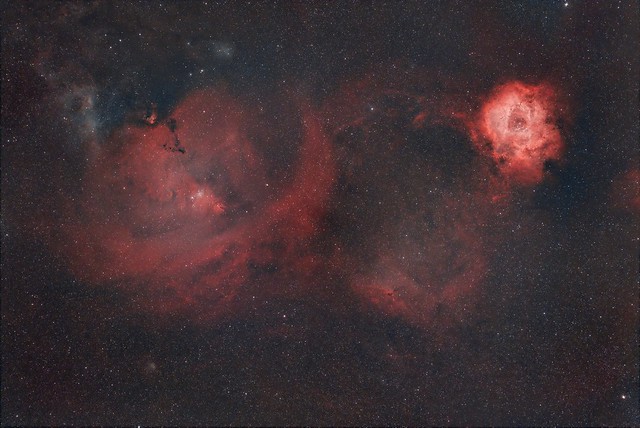 Xmas Tree and Rosette Nebula 135mm
Xmas Tree and Rosette Nebula 135mm
